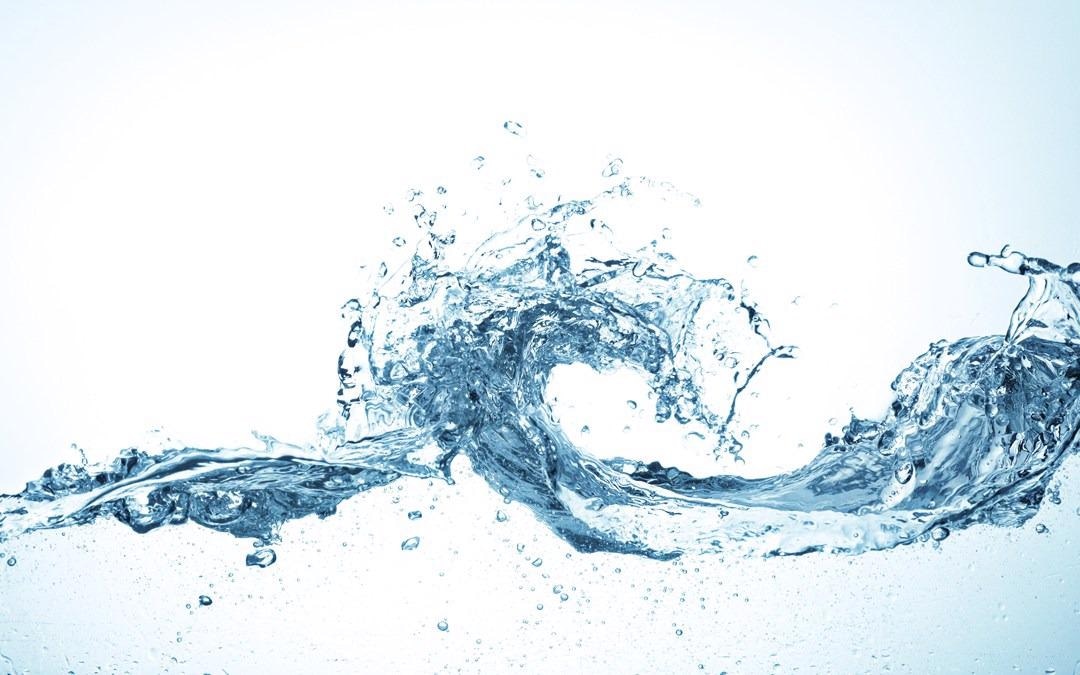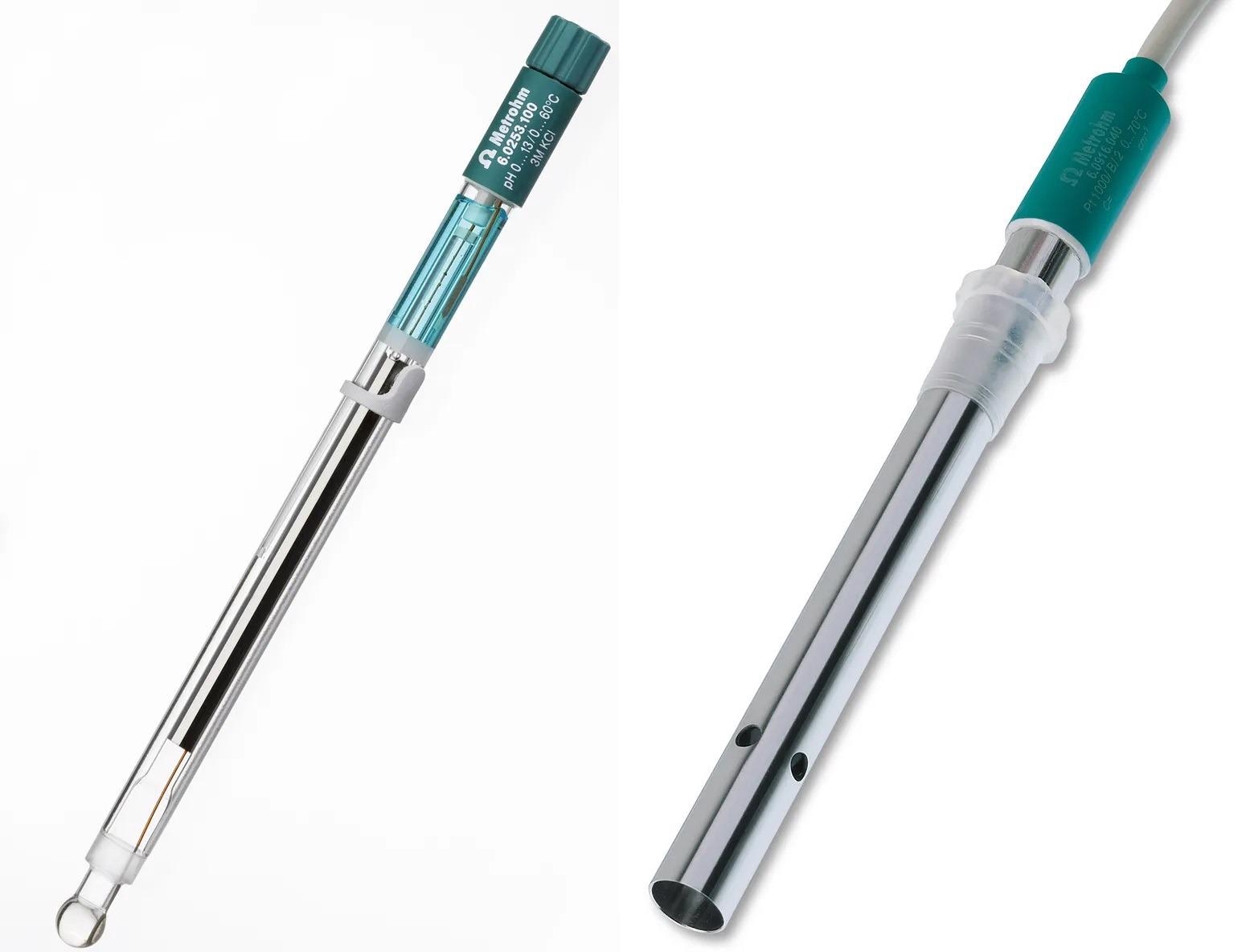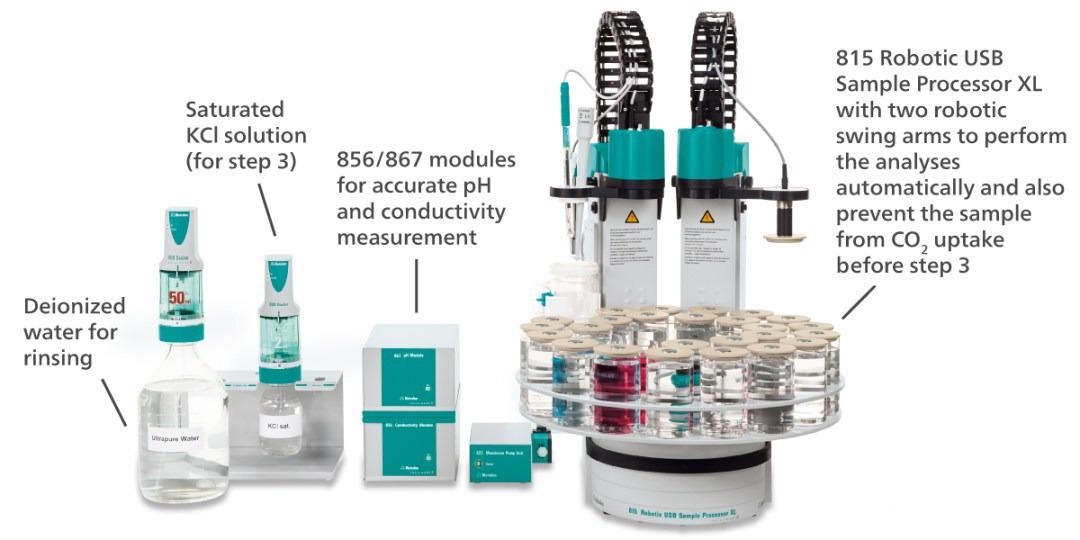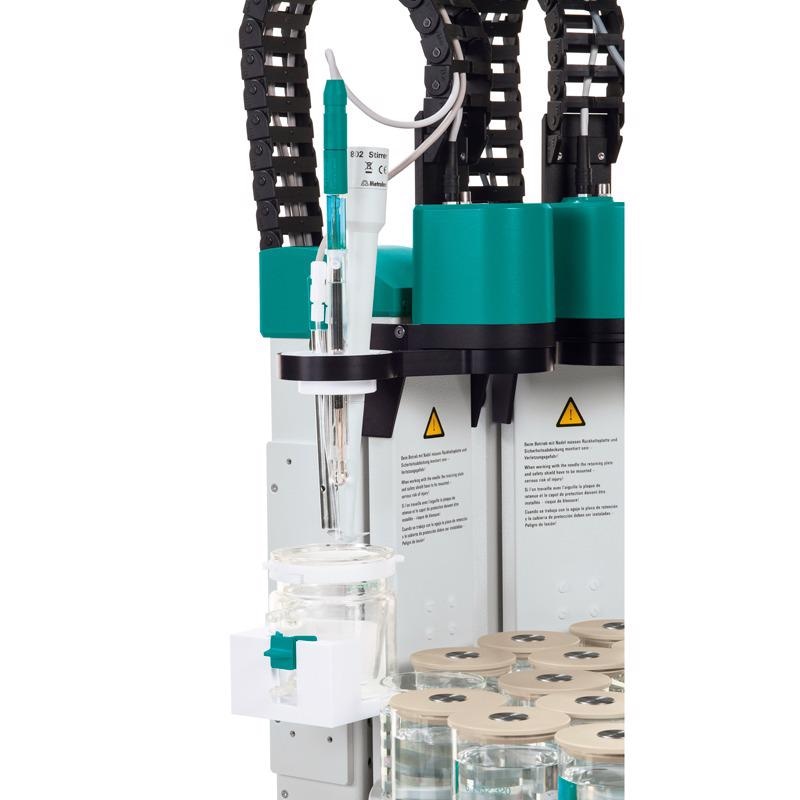Two simple elements, hydrogen (H) and oxygen (O), fuse together to form one of the most important molecules in the world: H2O, or water. Water is vital for our health and survival and is everywhere on Earth.

Image Credit: Metrohm Middle East FZC
It can sometimes contain other ions, including chloride, magnesium and calcium, which are essential for the function of the human body. However, ultrapure water (UPW) is required in specific situations to prepare, for example, injections or other solutions used in hospitals.
The quality of UPW needs to be ensured so that it is always suitable for such medical purposes. USP <645> can be used for this. This article will explain how the water quality can be determined and how this analysis must be performed.

Image Credit: Metrohm Middle East FZC
Instruments
A measuring device capable of measuring the pH value and the conductivity is required for this analysis.
Using two separate ones is acceptable if a combined device is not available. In that case, it is necessary to have a conductivity cell for the measurement of low conductivities and a pH electrode that is especially suitable for the determination of the pH value of water. The Aquatrode plus and the stainless steel conductivity cell are recommended in this case.
The Aquatrode plus reacts very rapidly in ion-deficient matrices (such as ultrapure water), and thanks to its double junction system, the bridge electrolyte can be freely selected.
The stainless steel conductivity cell has been specifically designed for measurements in samples with low conductivity. It is ideal for conductivities ranging from 0–300 µS/cm thanks to its cell constant of c = 0.1 cm-1. The built-in temperature sensor makes handling even easier as no extra sensor is needed for the temperature measurement.

Image Credit: Metrohm Middle East FZC
USP <645> Procedure
The standard procedure itself looks a bit difficult at first glance as it is a three-step analysis (or a four-step analysis if the calibration is also counted).
Step 1
Calibrate the stainless steel conductivity cell (sensor)and the pH electrode. The stainless steel sensor is calibrated with a 100 µS/cm standard, and the pH electrode is calibrated with pH 4 and 7 solutions.
Step 2
Following sensor calibration, both the conductivity and the temperature of the water are measured without temperature compensation. Once the requirement for the conductivity is met, the water can be used for medical purposes if the measured conductivity is lower than the value mentioned in the table of USP <645>.
Step 3 must be performed if this is not the case.
Step 3
100 mL water is transferred to an external titration vessel where its temperature is adjusted to 25 ± 1 °C. To incorporate carbon dioxide present in the air, the water is stirred vigorously.
The value is noted for further evaluation if the conductivity does not change by more than 0.1 µS/cm per 5 minutes. The water is deemed usable for medical purposes if this value is below 2.1 µS/cm. If not, then proceed with step 4.
Step 4
The solution is tempered to 25 ± 1 °C. Then 0.3 mL of saturated KCl solution is added, and the pH of the water is measured once the temperature is stable. The pH value must be between pH 5 and 7.
The water does not meet the requirements and must be discarded if this is not the case.
The conductivity must additionally be lower, as mentioned in the USP <645> table, if the pH is measured between 5 and 7. The analysis passes, and the water can be used for medical purposes if this is the case.
Automation of USP <645>
Metrohm has provided a solution to simplify this process as the analysis can generally be quite time-consuming. Their system combines all of the above steps into one method, allowing users to perform walk-away automation and focus on more important tasks.
The 856/867 modules can be exchanged with a modular OMNIS Titrator to expand the capabilities of the measuring system. It can also be used for other standard potentiometric titrations.

Image Credit: Metrohm Middle East FZC
Take a Closer Look at the Automated Analysis Solution
- Aquatrode plus can be used for accurate pH measurement in ion-deficient matrices
- Rod stirrer for saturating the solution with carbon dioxide (step 3)
- DIS-Cover lid for preventing the sample from CO2 update (before step 3)
- Thermostated vessel (step 2)
- Specialized holder for performing step 2 of the standard procedure
- Stainless steel conductivity cell for low conducting samples

Image Credit: Metrohm Middle East FZC
Conclusion
Standard analysis of UPW quality according to USP <645> is performed in a reliable and fully automatic way with this complete system. A clear message is received if the deionized water (UPW) has passed the test or not at the end of each analysis. Users can check if an analysis passes with just a glance as handling is very easy.

This information has been sourced, reviewed and adapted from materials provided by Metrohm Middle East FZC .
For more information on this source, please visit Metrohm Middle East FZC .